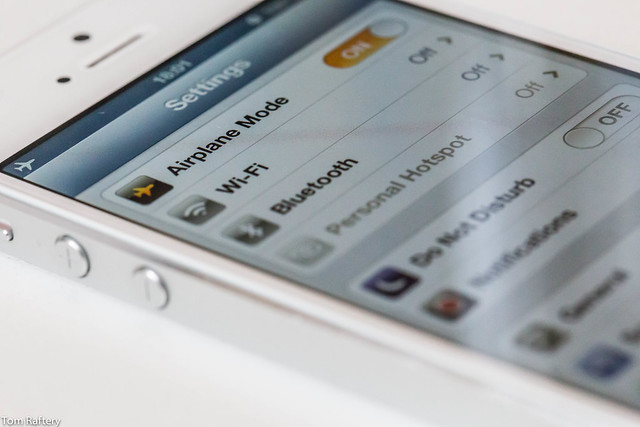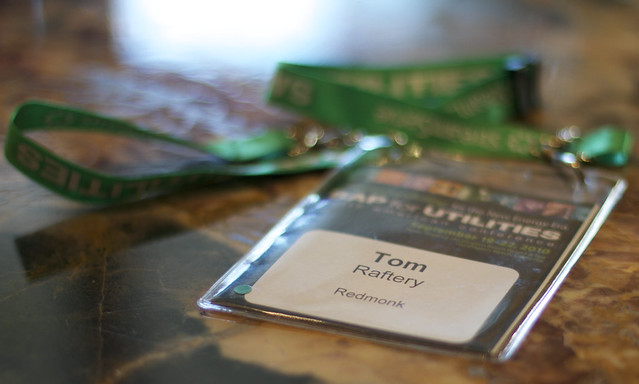I attended this year’s International SAP for Utilities event in Berlin and despite it’s being co-located with the SAP Oil and Gas conference which led to some unfortunate references in the keynotes, it was an interesting event.
Some of the numbers I learned at the event were that of SAP’s 5,800 utility customers, 65 are on HANA, and the first Suite on HANA customer (Snohomish County Public Utility District) will go live in September.
SAP also let it be known that it has 2 utilities customers who are on their new S4 platform. One is a net new customer, while the other is migrating so as to be a “Utility of the Future”.
Apart from that I had conversations with several SAP Utilities customers, and I was surprised at how utilities, who have traditionally been averse to change (65 out of 5,800 have moved to HANA), are starting to realise that technological change is inevitable, and so are starting to embrace it. Albeit slowly.
I spoke to Khalid Al Dossary from Saudi Electricity Company (see video above) and he told me of two projects they’ve recently rolled out. The first was a move to paper invoicing because they want to move completely away from paper. And the second, even more interesting was the rollout of SuccessFactors, for talent management (HR).
Why is this interesting? Well, SuccessFactors is cloud delivered and utilities have been seen as being cloud averse. I remember having conversations with utilities executives who said they’d never move to cloud only two years ago. It’s funny how time moves on.
I also spoke to Hydro Tasmania’s Rick Quarmby (see below) who talked about two projects Hydro Tasmania rolled out recently. One using OpenText for document management, and the other was a workforce productivity app (which you can see the employees rave about here).
I also recall, in the mid to late nineties, having conversations with people who said their business’ didn’t need to have a website. Or that they would rollout email and Internet access within the company, but only to certain employees who might need it.
Thankfully those days are long gone, and now it is unusual for organisations not to have a website, or to block internet access for their employees.
In a similar vein, with the increasing pace of technological change, I fully expect the vast majority of utilities to have moved fully to the cloud ten years from now, and any who haven’t will be viewed as laggards.





